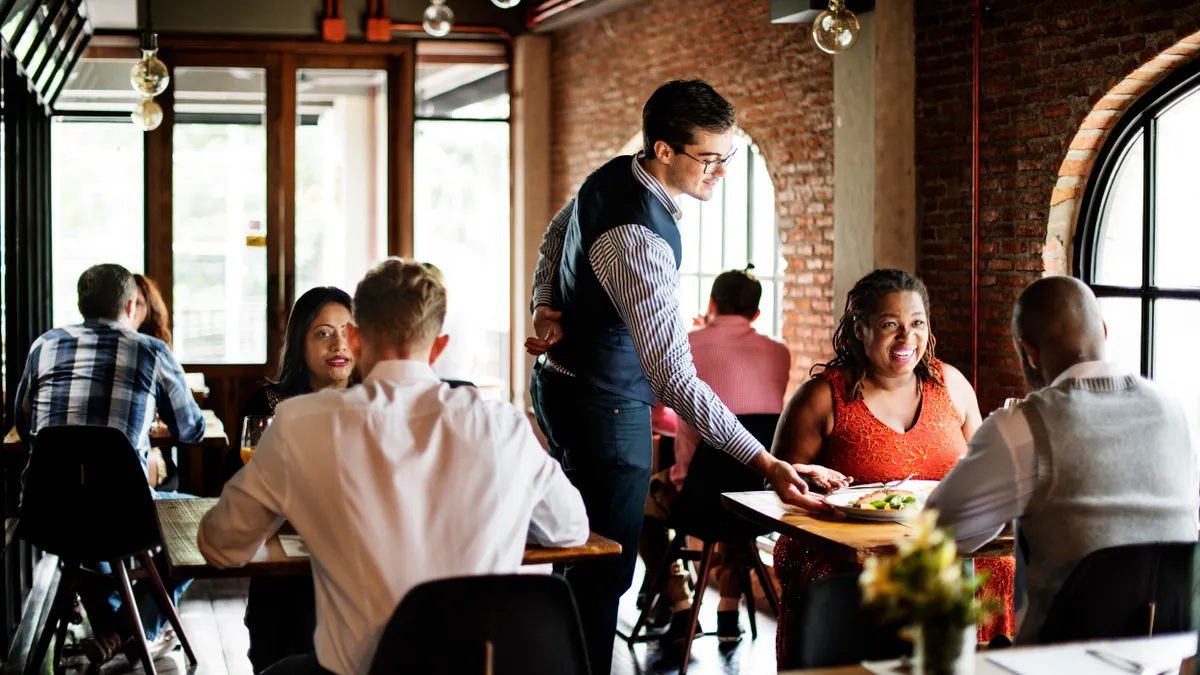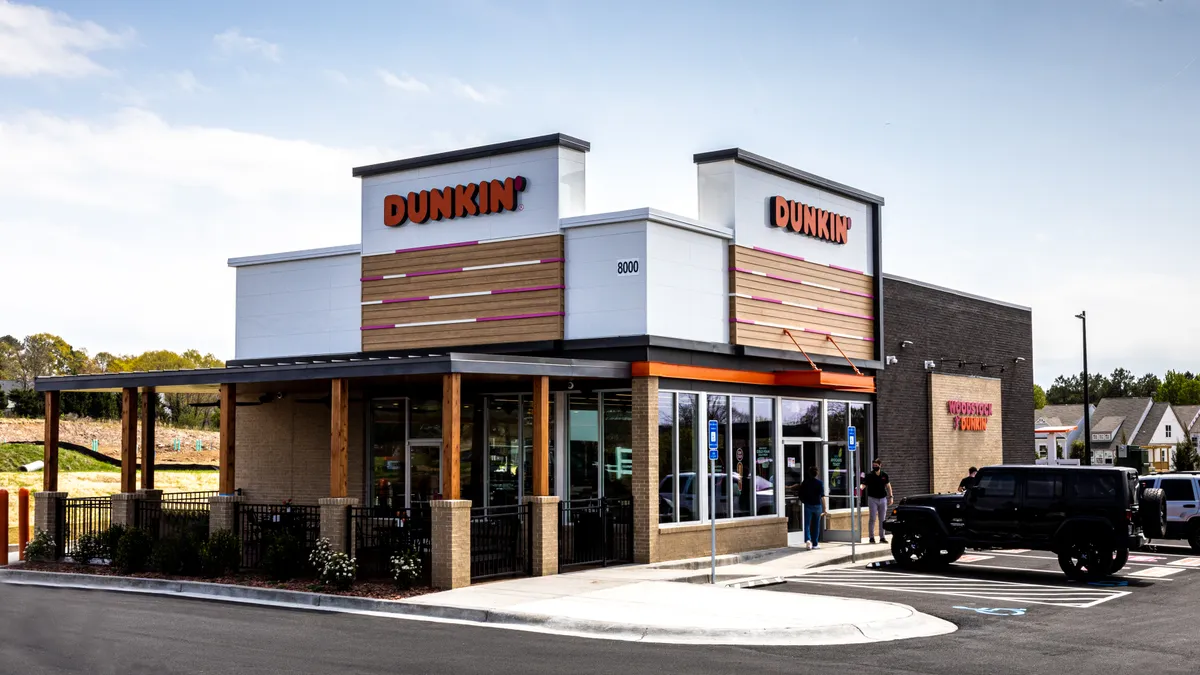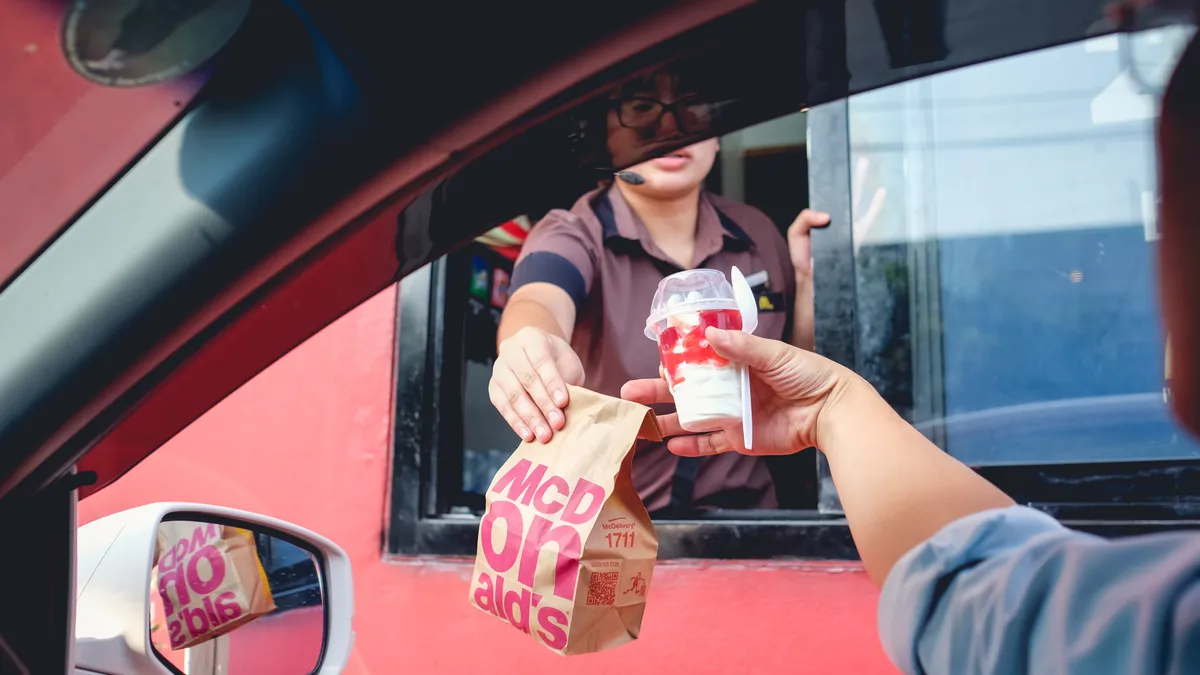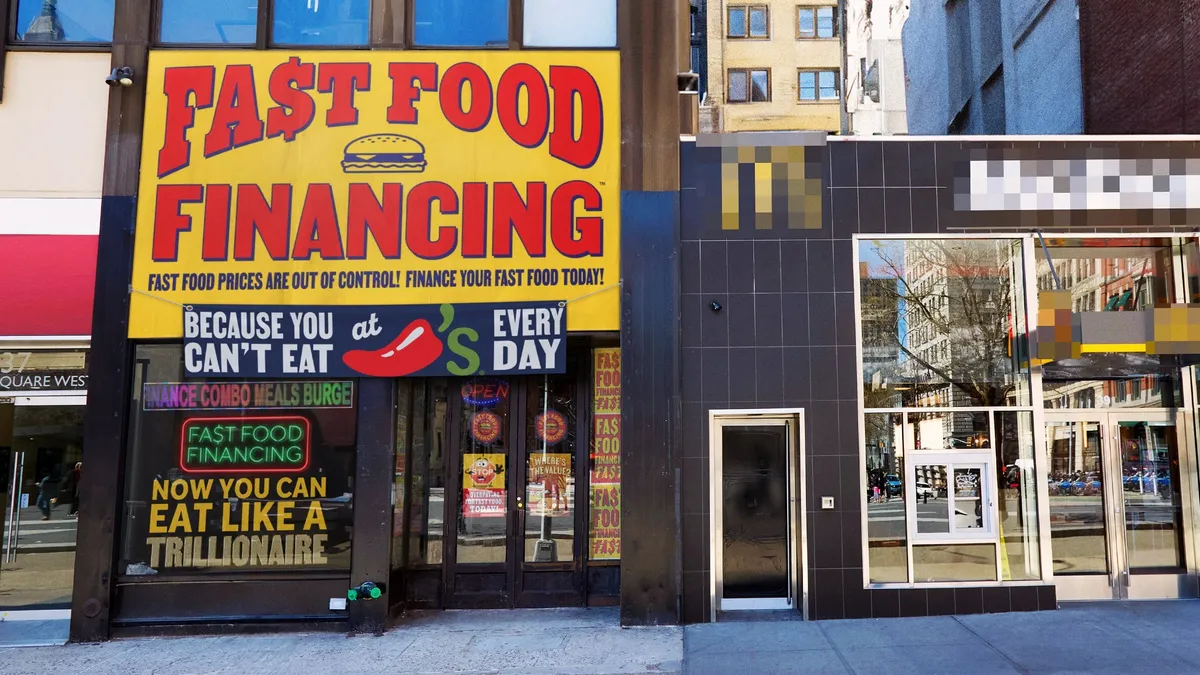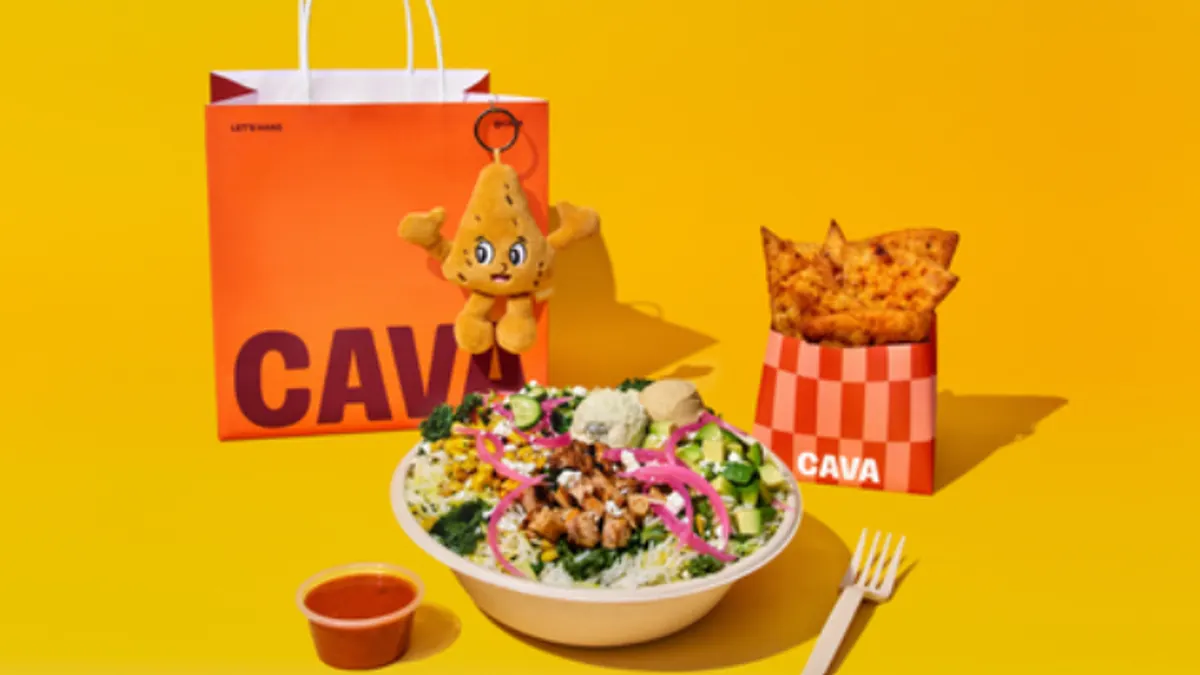Though there will be no live performances of “Smelly Cat,” Starbucks and other fast casual chains are undergoing interior renovations that resemble more homey, Friends-style coffee house vibes, but with contemporary tech.
The reason? Features such as softer lighting, increased accessibility to outlets, and more ergonomic furniture draw more customers — particularly those in the valuable Millennial and Gen Z age brackets — and fill the spaces so they look busier. The objective is to encourage customers to stay longer and increase their spend per visit compared to grab-and-go models.
This trend is encroaching on full-service dining’s value proposition. And while many casual dining restaurants have focused on bolstering their off-premise service over the past few years, it’s also important for these businesses to evaluate their on-premise ambiance. If casual brands don’t invest in the contemporary, experiential offerings diners crave, they could eventually risk ceding traffic to fast casual competitors.
Controlling costs and optimizing layouts
In the wake of the COVID-19 pandemic, many brands shrank their average footprints because of lower demand for seating and higher demand for takeout. Now, chains looking to reverse that move face expenses associated with expansion.
“The trick is to continue to minimize costs — which is at the heart of fast casual financial success — while providing the added experience of enjoyable in-house dining,” said Steve Zagor, Columbia Business School faculty member and principal of Steve Zagor & Associates consulting. A space that’s too small, with limited seating options, will scare off repeat customers concerned they’ll have no place to sit during a preferred dining window.
Dr. Stephani Robson, a retired Cornell faculty member who is now a restaurant optimization consultant, says full-service dining rooms should strike a balance between attractiveness and table turnover. One solution is to shy away from those once-trendy large communal tables.
“Instead, have a mix of counter seating — none that face the wall — no one likes that — and lots of tables for two that can be combined for larger groups,” Robson said. “Any counters should face large windows with a view of the street or face an open kitchen. If climate permits, offer outdoor seating, ideally in a private back patio or courtyard, rather than on the street.”
Mixing local color with digital-forward design
A major bonus, Robson said, is a space with Instagram and TikTok-worthy “engaging and playful design features.”
“You want these guests to notice and take images of the design and post them,” she said.
A good example of this strategy, according to Robson, is Curry Boys BBQ in Nashville, which mixes Southeast Asian ornamental flourishes with down-home BBQ chic. Zagor said that adding community-specific design themes — landmarks, mascots, celebrities/personalities — that are unique to the space will inspire more on-site social posting.
Rick Camac, a managing partner at RDC hospitality consultants, emphasized that design is not only about social media thirst traps. Background music at a reasonable acoustic level that allows easier customer interaction needs to be “less formal and age appropriate.” In other words, lose the house music and make it feel more like a home, with attention to playlists.
Nickel Lowman, head of marketing and business development at SCA Design Architecture firm, says that on a cashflow level, more restaurants should implement digital rewards features that encourage repeat visits.
“Targeted digital marketing, rewards programs and social media encounters give you an upper hand on influencer marketing,” Lowman said. “Put a physical cookie in their hand as a grab and go item [when they leave], as well as a digital cookie on their phone [with a rewards app]. It will remind them to return or trigger them to make a trending impulse purchase.”
Lowman is also a fan of enabling personal devices to pay for checks at the table to avoid having to flag down a server, which also expedites table turn-over rate.
There are several design elements to consider retiring or avoiding altogether when redesigning dining spots. Lowman said to “avoid locked restrooms, and the need to interrupt staff to ask for a commode code. Gender neutral and family restrooms help prevent a line at ladies’ rooms.”
Camac emphasized that every restaurant should consider using the services of a professional lighting designer. He thinks the age of austere, hard-to-clean white tablecloths is over, with warmer, colorful designs that are also kid-friendly coming into play.
Robson adds that the Gen Z and millennial crowd is turned off by heavy alcohol marketing. “Windows and back bars full of beer or booze-branded lighting/signage are not appealing to this segment,” she says.
In-house dining doesn’t have to be formal. When designed with intention, casual spaces can foster comfort, community and memorable experiences that keep guests coming back


